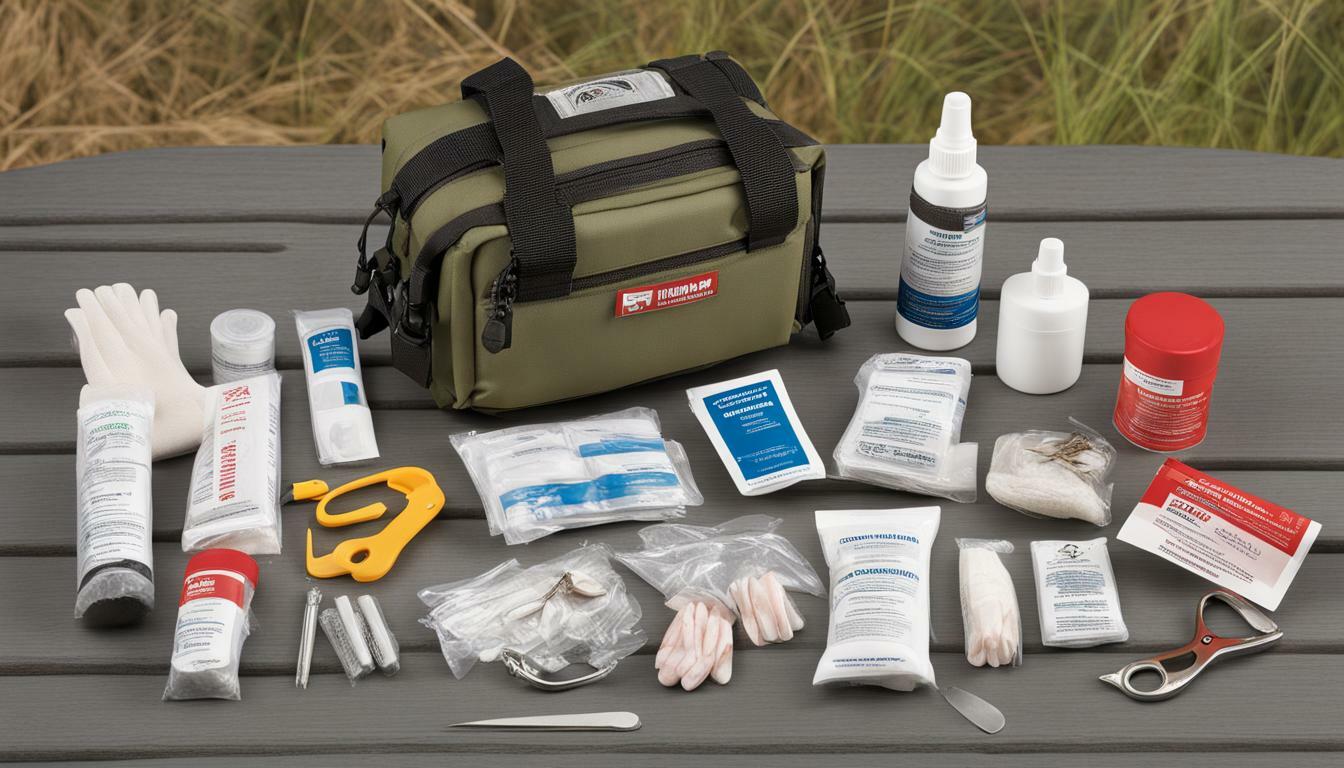Wildlife rehabilitation plays a crucial role in ensuring the welfare of animals in the United Kingdom. Wildlife rehabilitators often handle injured, sick or orphaned animals, making it essential to have appropriate first aid kits and equipment to provide adequate care and ensure animal care safety.
Optimising first aid kits for wildlife rehabilitators is a vital step towards enhancing animal care safety and providing effective treatment to injured animals. In this section, we will discuss the necessary equipment for wildlife rehabilitation and the importance of customising first aid kits to cater to the specific needs of wildlife rehabilitators.
Key Takeaways
- Customising first aid kits for wildlife rehabilitators is crucial to ensure animal care safety.
- Understanding the needs of wildlife rehabilitators plays an essential role in optimising first aid kits.
- Proper first aid training for wildlife rehabilitators is vital to handle emergency situations.
- Regular maintenance and updates of first aid kits are crucial to ensure their effectiveness.
Understanding the Needs of Wildlife Rehabilitators
Wildlife rehabilitation is a crucial part of animal conservation and welfare in the United Kingdom. Wildlife rehabilitators play a significant role in rescuing, rehabilitating, and releasing animals into their natural habitats.
Providing proper care for injured or orphaned wildlife requires specific supplies and safety gear. Wildlife rehabilitation supplies such as cages, syringes, and feeding equipment are necessary to cater to the unique needs of each animal. Wildlife safety gear, including gloves, boots, and protective clothing, helps protect the rehabilitator from potential injuries and zoonotic diseases.
First aid items for animal care are also essential in a wildlife rehabilitator’s toolkit. Basic first aid items, such as gauze, antiseptics, and bandages, can help prevent further injuries and infections while the animal is being treated.
It is crucial to understand the specific supplies and safety gear needed for wildlife rehabilitation to provide the best possible care for animals. In the next section, we will explore the essential first aid items required for wildlife rehabilitators.
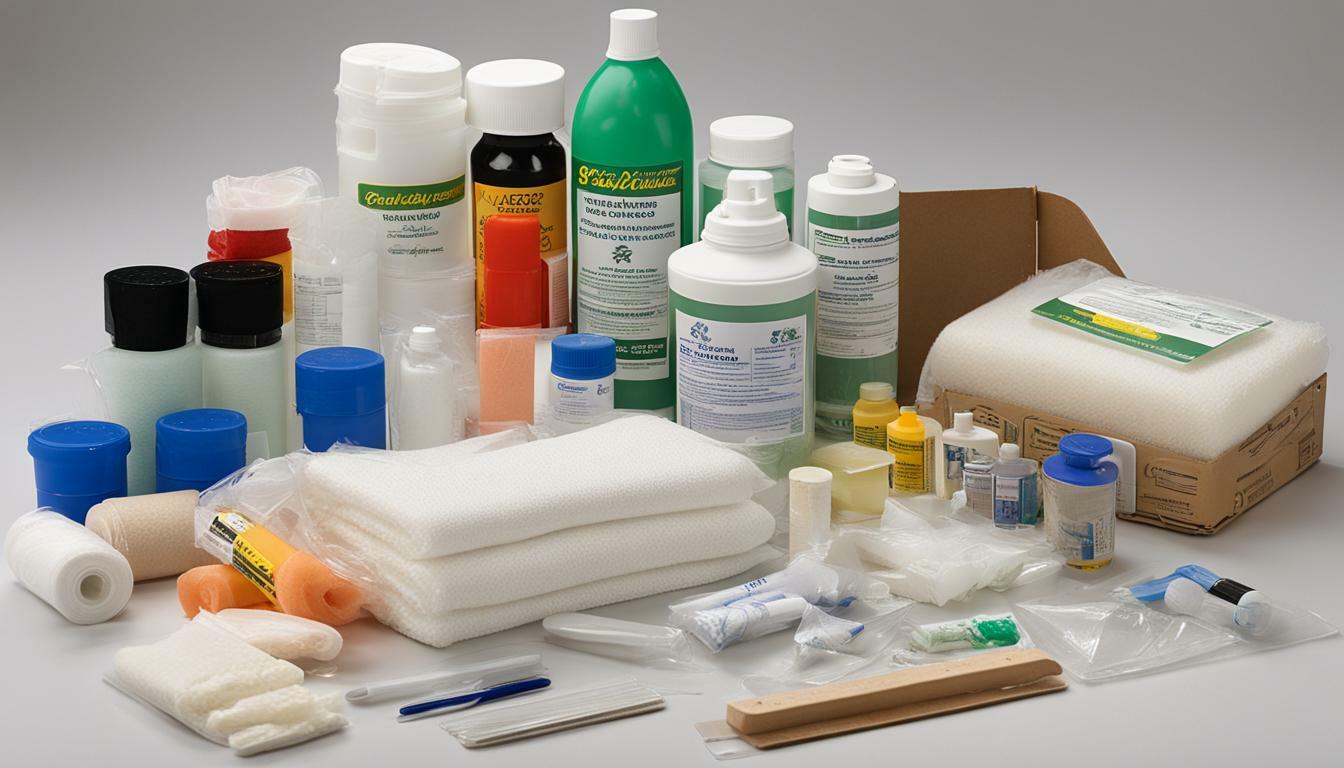
Essential First Aid Items for Wildlife Rehabilitators
When it comes to wildlife rehabilitation, having the right first aid kit can make all the difference. A well-stocked animal first aid kit can mean the difference between life and death for injured or orphaned animals. In this section, we will discuss the essential components of an animal first aid kit and highlight the availability of wildlife rehabilitation resources.
First and foremost, an animal first aid kit should contain basic medical supplies such as bandages, gauze, and antiseptic solutions. It is also necessary to include additional items for specific animal injuries, such as splints and heat lamps for fractures and hypothermia, respectively. A pair of gloves is also essential to prevent the transmission of zoonotic diseases from animals to humans.
It is important to note that wildlife rehabilitation facilities may require specialised first aid items such as crop tubing for birds and oxygen masks for mammals. The availability of these items will depend on the resources of the facility.
Wildlife rehabilitation resources such as books, online courses, and workshops are also invaluable for ensuring proper care of animals. These resources can provide guidance on animal care techniques and first aid procedures for various types of injuries. As wildlife rehabilitation evolves, so do the necessary resources, making it crucial for rehabilitators to stay updated on current methods and techniques.
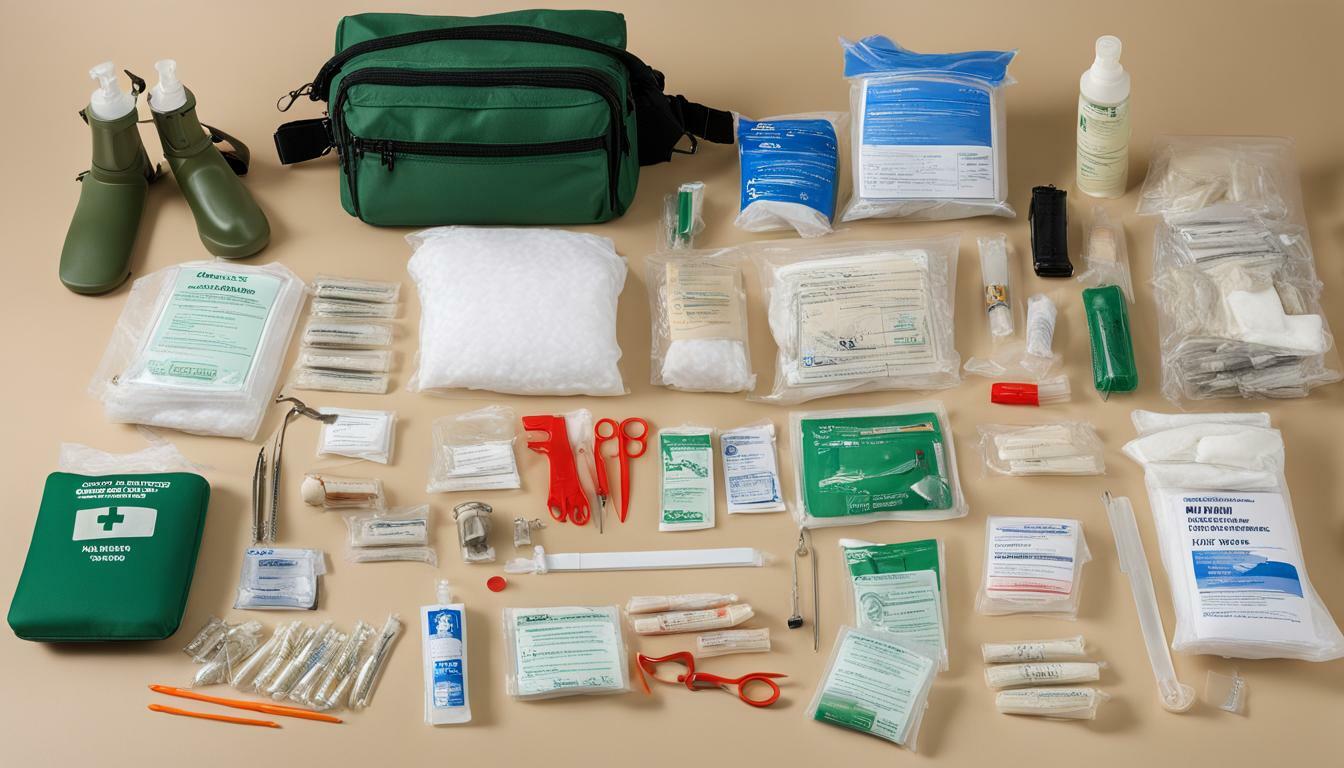
As you assemble your animal first aid kit, remember to customise it to your facility’s specific needs. A one-size-fits-all approach may not address the unique requirements of the animals in your care. Keeping your first aid kit consistently updated and well-maintained is also crucial for ensuring its effectiveness in emergency situations.
Having the right first aid items is one aspect of proper animal care, but it is equally important to know how to use them effectively. Proper first aid training is crucial for wildlife rehabilitators to provide adequate care for animals in need. In the next section, we will discuss the importance of equipping wildlife rehabilitators with the necessary skills and knowledge to handle emergency situations.
Importance of Proper First Aid Training for Wildlife Rehabilitators
When it comes to animal care supplies and wildlife rescue kits, obtaining the right equipment is just the first step. Proper training on animal care and first aid techniques is crucial for wildlife rehabilitators to respond effectively in emergency situations.
Wildlife rehabilitators need to have a clear understanding of animal anatomy and behavior to carry out effective care. They must also know how to handle emergencies and provide basic first aid to injured animals. Moreover, proper training helps reduce stress for the animals, ensuring their physical and mental well-being.
Animal care supplies and wildlife rescue kits are only effective if the person administering it knows how to use them properly. The right training can help increase the effectiveness of the equipment while minimizing the degree of physical harm to the animal.
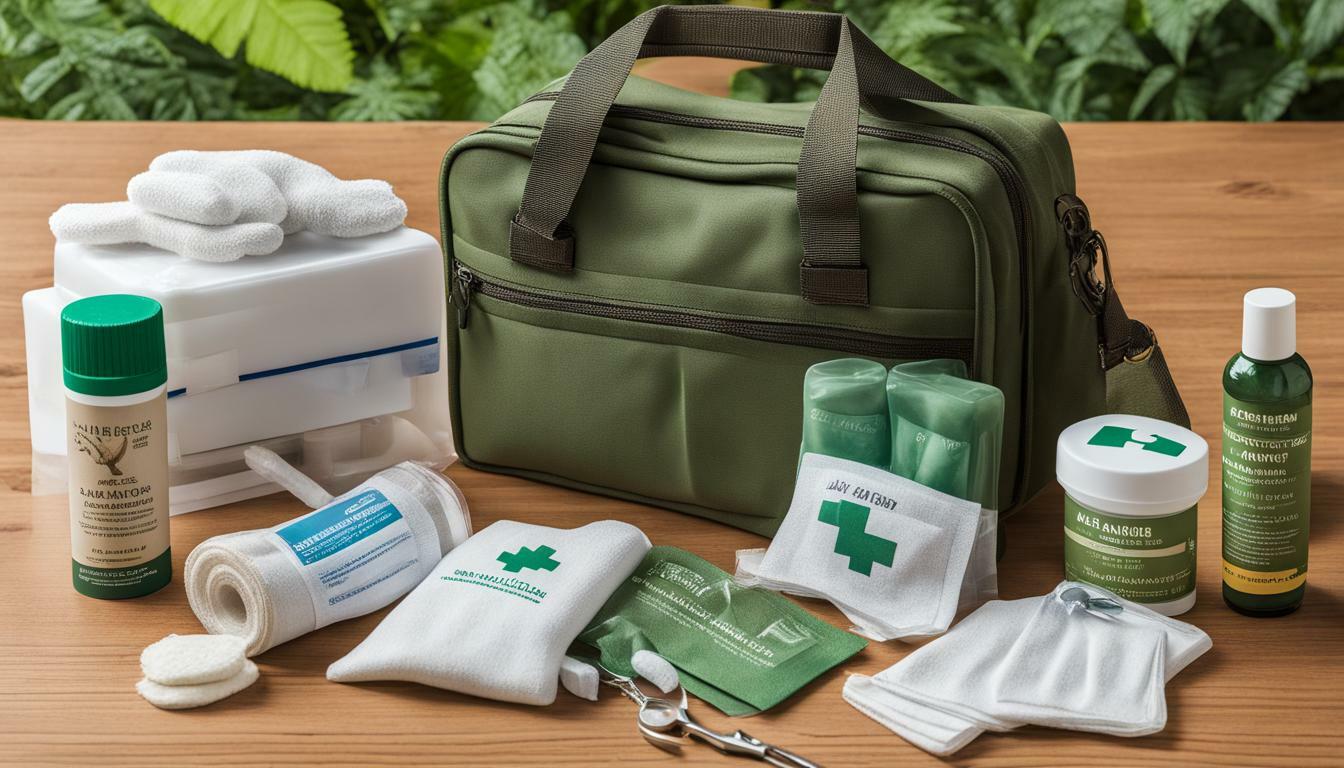
Therefore, it is crucial for wildlife rehabilitators to receive proper training on animal care and first aid techniques. They should invest in training programs that provide both theoretical and practical knowledge on the subject. Training programs should also cover topics such as animal handling, wound management, bandaging, and medication administration.
Proper first aid training can make a significant difference in the lives of injured or orphaned animals. It not only helps wildlife rehabilitators administer the right care but also ensures animal care safety. As such, it is vital that wildlife rehabilitators receive proper training to provide ethical, effective, and safe care for animals in need.
Assessing and Treating Common Wildlife Injuries
As wildlife rehabilitators, it is crucial to understand how to assess and treat common wildlife injuries to provide the best care possible. By utilizing proper wildlife care techniques and animal injury assessment, you can ensure that the animals in your care are on the path to recovery.
One of the most common types of injuries in wildlife is trauma. This can occur from various sources such as vehicle collisions, attacks from other animals and habitat destruction. Trauma can cause external wounds, broken bones or internal injuries. When assessing the extent of the trauma, it is essential to perform a thorough examination of the entire body to identify the problem areas. This examination should be done as quickly as possible to minimize the animal’s stress and pain. Immediate medical attention should be sought for severe injuries.
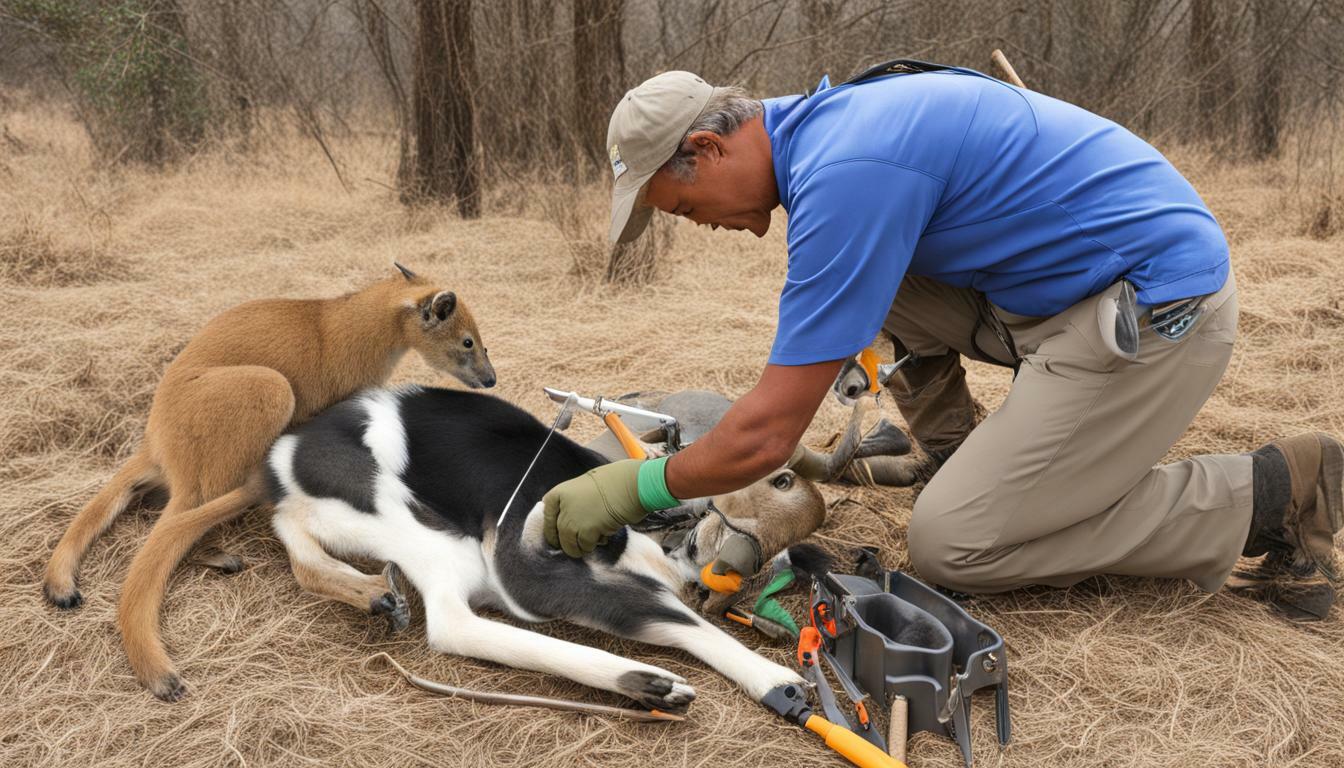
Another common type of injury in wildlife is damage caused by environmental factors such as frostbite, dehydration, and malnutrition. These types of injuries can lead to internal organ failure or, in severe cases, death. It is crucial to maintain the proper temperature, hydration and nutrition levels in animals to prevent these types of injuries. Regular monitoring can help detect any potential problems before they become severe.
Fractures are also common injuries in wildlife, often resulting from falls or collisions. Fractures require immediate attention, and it is essential to immobilize the affected area to prevent further damage. In some cases, surgery may be required to repair the broken bone.
Eye injuries, whether from trauma or infection, can be particularly severe in wildlife. If left untreated, eye injuries can lead to blindness and other complications. It is essential to seek immediate medical attention for any eye injuries and follow proper treatment protocols.
Overall, understanding how to assess and treat common wildlife injuries is crucial for wildlife rehabilitators. By utilizing proper wildlife care techniques and animal injury assessment, you can ensure that the animals in your care receive the best possible treatment to aid in their recovery.
Customising First Aid Kits for Wildlife Rehabilitators
When it comes to wildlife rehabilitation, there is no one-size-fits-all solution for first aid kits. Every facility may have unique requirements based on the types of animals they care for. Therefore, customising first aid kits is crucial to cater to the specific needs of wildlife rehabilitators and ensure animal care safety.
Some factors that may influence the contents of a customised first aid kit include the type of injuries commonly treated at the facility, the size of the animals treated, and the location of the facility. For example, facilities located in remote areas may require additional supplies compared to those located in urban areas.
It is essential to regularly evaluate the effectiveness of the first aid kit and make necessary updates. This includes adding or removing items based on the needs of the facility and the feedback received from wildlife rehabilitators. A well-designed and customised first aid kit can save the lives of animals under the care of wildlife rehabilitators.
| Wildlife Rehabilitation Equipment | Animal Care Safety |
|---|---|
|
|
Customising first aid kits for wildlife rehabilitators is not only an essential aspect of animal care safety but can also help to reduce stress and improve the recovery time of animals. By ensuring that the right equipment and supplies are on hand, wildlife rehabilitators can provide the best possible care for animals in need.
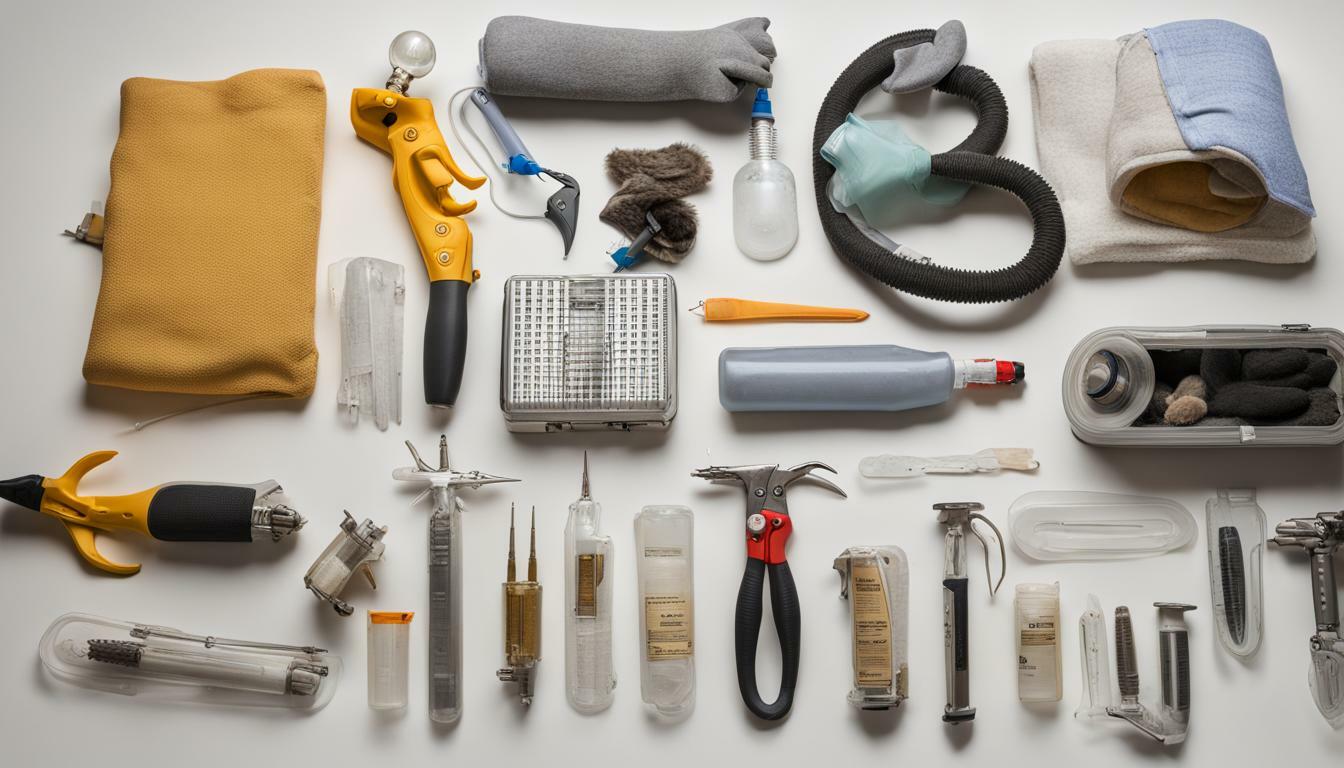
Section 7: Maintaining and Updating First Aid Kits
Regular maintenance and updates of first aid kits are crucial to ensure their effectiveness in providing necessary aid to injured animals. As wildlife rehabilitation supplies can quickly run out, it is essential for wildlife rehabilitators to consistently check their first aid kits and restock them with animal care supplies as needed.
Some essential wildlife rehabilitation supplies that need to be regularly checked and replaced include antiseptics, bandages, gauze, and medications. It is also important to ensure that all items within the first aid kit are not expired and are in good condition.
Additionally, wildlife rehabilitators should customise their first aid kits according to the specific needs of their facility and the types of animals they care for. For instance, if a facility primarily cares for birds, they may need specialised supplies such as beak protectors and wing wraps.
Keeping track of inventory and regularly updating first aid kits can be time-consuming, but it is essential to maintain animal care safety. By ensuring that first aid kits are always stocked with necessary wildlife rehabilitation supplies and animal care essentials, wildlife rehabilitators can respond quickly and efficiently to emergency situations.
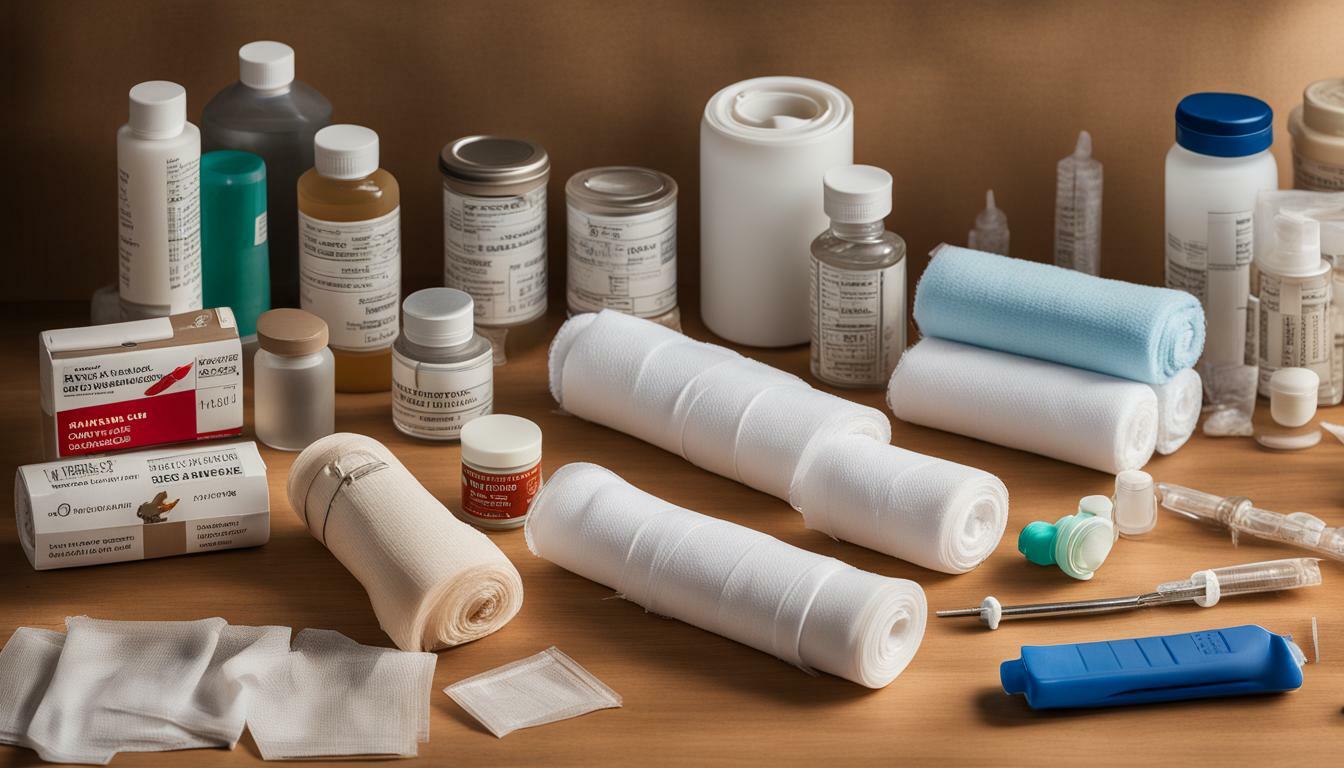
Partnering with Veterinary Professionals
Collaborating with veterinary professionals is essential for wildlife rehabilitators to provide the best possible care for injured or orphaned animals. They possess the necessary expertise to diagnose and treat complex medical conditions and injuries that wildlife rehabilitators may not be able to handle on their own.
Partnering with veterinary professionals also enables wildlife rehabilitators to access the latest wildlife rehabilitation resources and stay updated with the latest animal care safety protocols. Together, they can work towards the common goal of enhancing the welfare of wildlife in the United Kingdom.
There are various ways in which wildlife rehabilitators can collaborate with veterinary professionals. They can establish partnerships with local veterinary clinics or hospitals. Some veterinary professionals may offer their expertise pro bono or at a discounted rate for wildlife rehabilitation organisations.
It is important to maintain open communication and a good working relationship with veterinary professionals to ensure seamless collaboration and timely medical care for animals under the care of wildlife rehabilitators. By partnering with veterinary professionals and utilizing the available wildlife rehabilitation resources, we can collectively ensure proper animal care safety and well-being for the wildlife in the United Kingdom.
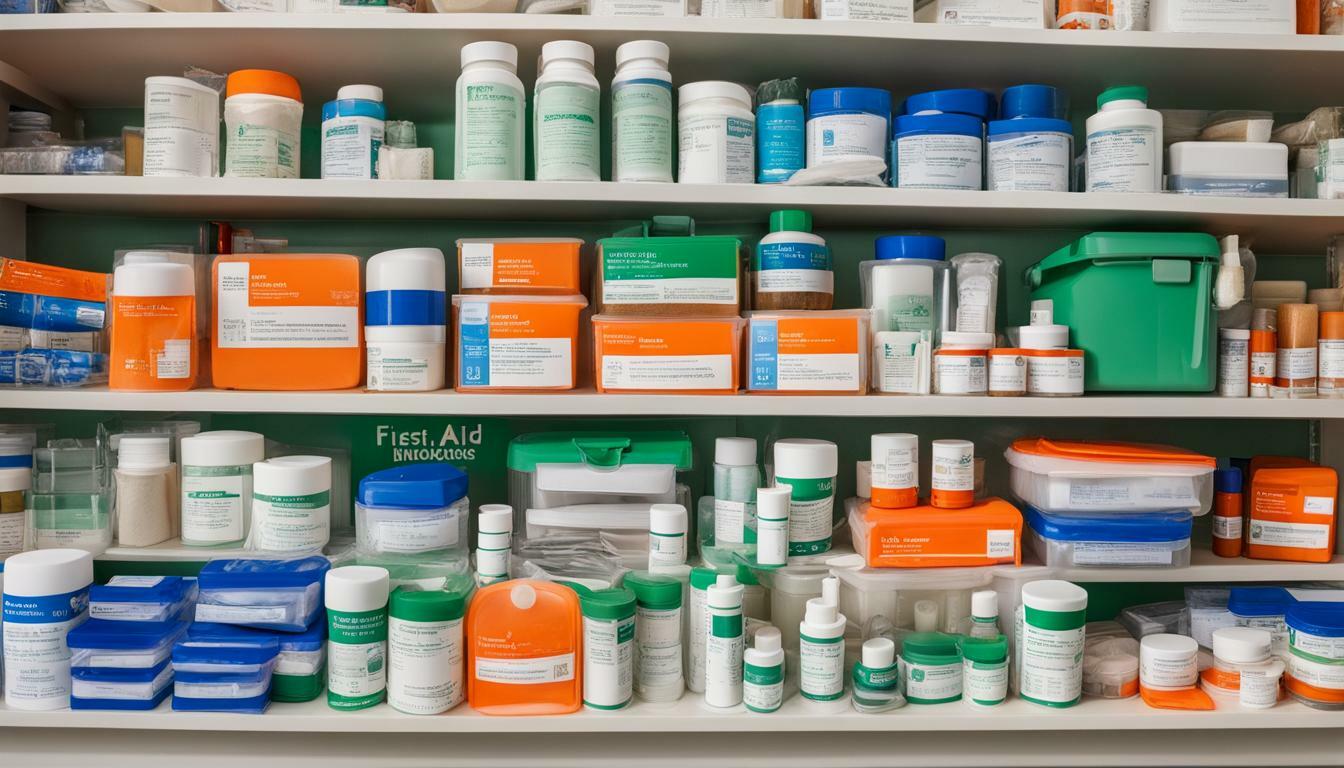
Promoting Wildlife Rehabilitation Awareness
As wildlife rehabilitators, it is vital to raise awareness about the importance of wildlife rehabilitation and the need for adequate wildlife rehabilitation equipment and supplies. By educating the public about the role of wildlife rehabilitators, we can inspire more individuals to volunteer or support wildlife rehabilitation efforts.
One way to promote awareness is to participate in community events, such as fairs or festivals, to showcase the work of wildlife rehabilitators and the necessary equipment involved. Additionally, creating educational materials, such as brochures or posters, can help spread the message about wildlife rehabilitation and the importance of maintaining animal care safety.
Using social media platforms can also help raise awareness about wildlife rehabilitation. Sharing photos and stories of rehabilitated animals and highlighting the need for wildlife rehabilitation supplies and equipment can encourage individuals to support local wildlife rehabilitation centres or donate towards the necessary animal care supplies.

Ultimately, promoting awareness about wildlife rehabilitation can help ensure the well-being of animals and increase public support towards the resources needed for wildlife rehabilitation.
Ensuring Compliance with Wildlife Conservation Laws
As wildlife rehabilitators, it is our responsibility to ensure compliance with wildlife conservation laws to maintain animal care safety and ethical treatment of animals. The United Kingdom has strict regulations in place to protect the welfare of wildlife, and it is essential to stay updated with the relevant resources and laws.
One crucial aspect of compliance is obtaining the necessary licenses and permits required by law. This process differs depending on the type of animal being rehabilitated and the circumstances of the rehabilitation. It is important to seek guidance from local authorities and obtain the necessary permits to prevent any legal repercussions.
In addition to acquiring the appropriate licenses, wildlife rehabilitators must adhere to strict guidelines for animal care and treatment. This includes proper housing, feeding, and medical care for injured or orphaned animals. Failure to comply with these guidelines can result in penalties and revocation of permits.
By ensuring compliance with wildlife conservation laws, we can promote animal care safety and contribute to the well-being of wildlife. It is important to stay informed and updated with the latest regulations and resources to maintain ethical and legal treatment of animals.

Remember, the proper care and treatment of animals is our collective responsibility as wildlife rehabilitators. Let us work together to ensure compliance with wildlife conservation laws and promote animal care safety.
Conclusion
In conclusion, optimising first aid kits for wildlife rehabilitators is essential for ensuring animal care safety and enhancing the welfare of wildlife in the United Kingdom. By understanding the unique needs of wildlife rehabilitators and providing them with the necessary supplies and safety gear, we can ensure that injured or orphaned animals receive the medical attention they need.
Proper first aid training is also crucial for wildlife rehabilitators to handle emergency situations effectively. It is essential to customise first aid kits to cater to the specific needs of each wildlife rehabilitation facility and regularly maintain and update them with the necessary supplies.
Collaborating with veterinary professionals, raising awareness about wildlife rehabilitation, and ensuring compliance with wildlife conservation laws are also vital steps to take towards animal care safety. As a community, we must work together to promote the welfare of wildlife and advocate for the necessary resources to support wildlife rehabilitation efforts.
